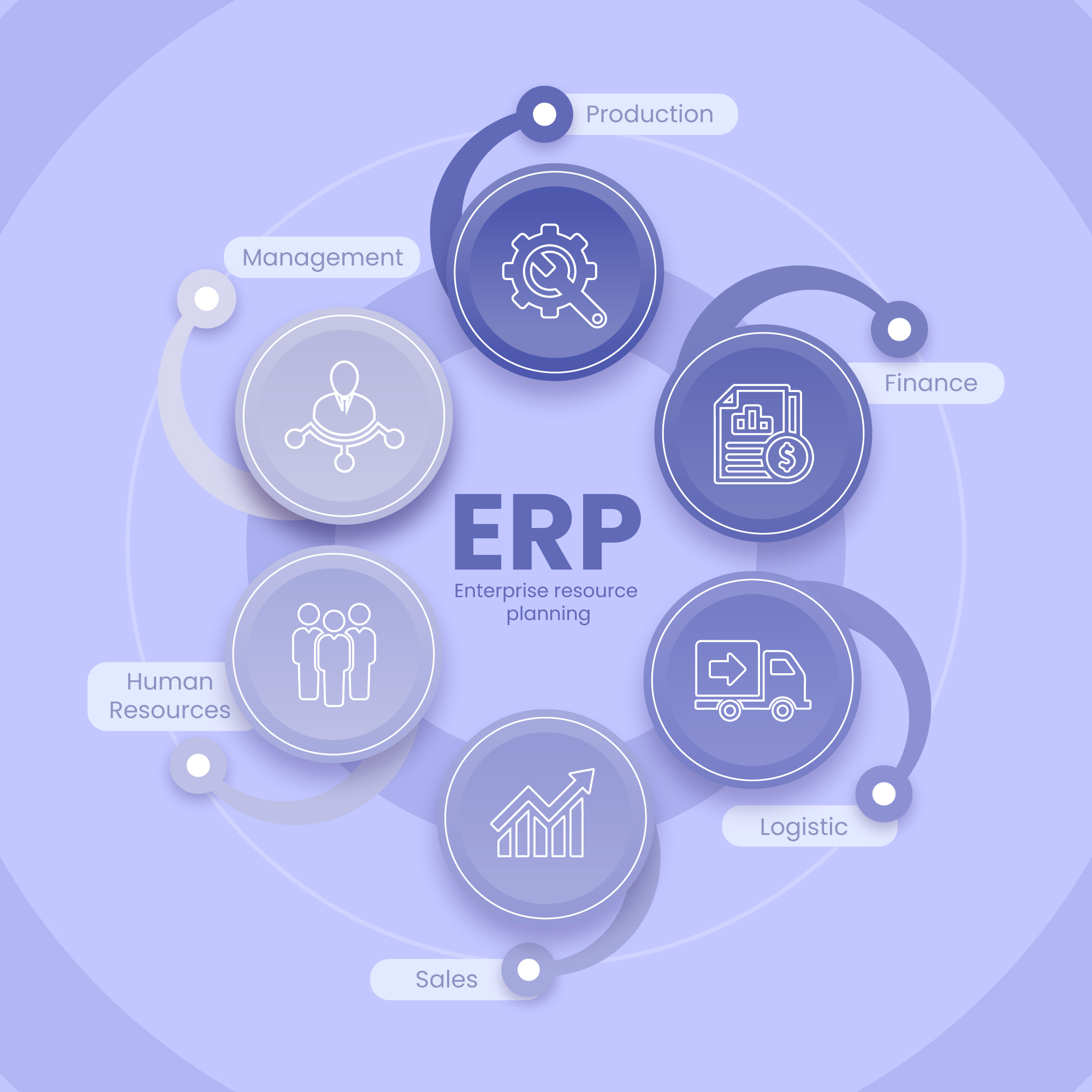Why ERP Implementation Matters
Enterprise Resource Planning (ERP) implementation is a critical business transformation that can revolutionize how your organization operates. When done correctly, ERP systems integrate all business processes, providing real-time visibility and enabling data-driven decision making.
The ERP Implementation Lifecycle
1. Planning & Strategy
Define project scope, objectives, and success metrics. Establish a clear roadmap and timeline for implementation.
2. System Selection
Evaluate ERP vendors based on functionality, scalability, integration capabilities, and total cost of ownership.
3. Configuration
Customize the ERP system to match your business processes while maintaining best practices and avoiding over-customization.
4. Training & Adoption
Comprehensive user training and change management to ensure successful adoption across the organization.
Critical Success Factors
Research shows that successful ERP implementations share common characteristics. Here are the key factors that determine project success:
Implementation Phases
A structured approach to ERP implementation reduces risk and increases the likelihood of success. Here's our recommended phased approach:
Discovery & Assessment
Analyze current business processes, identify pain points, and define requirements. This phase sets the foundation for the entire project.
Design & Configuration
Design the future state processes and configure the ERP system accordingly. Focus on standardization and best practices.
Build & Test
Develop customizations, integrate with existing systems, and conduct thorough testing including unit, integration, and user acceptance testing.
Deploy & Support
Execute the go-live strategy, provide intensive support during the initial weeks, and transition to ongoing support and optimization.
Expected Benefits & ROI
Organizations that successfully implement ERP systems typically see significant improvements across multiple business metrics:
25-50%
Reduction in operational costs
30-60%
Improvement in reporting accuracy
40-70%
Faster business processes
Common Pitfalls to Avoid
Learning from common mistakes can help ensure your ERP implementation stays on track and delivers the expected benefits:
Inadequate Planning
Rushing into implementation without proper planning and requirements gathering.
Over-Customization
Excessive customization that increases complexity and maintenance costs.
Poor Data Quality
Migrating poor quality data without proper cleansing and validation.
Insufficient Training
Inadequate user training leading to poor adoption and resistance to change.
Conclusion
ERP implementation is a complex but rewarding journey that can transform your business operations. Success requires careful planning, strong leadership, and a commitment to change management. By following best practices and learning from common pitfalls, organizations can maximize their ERP investment and achieve significant operational improvements.

